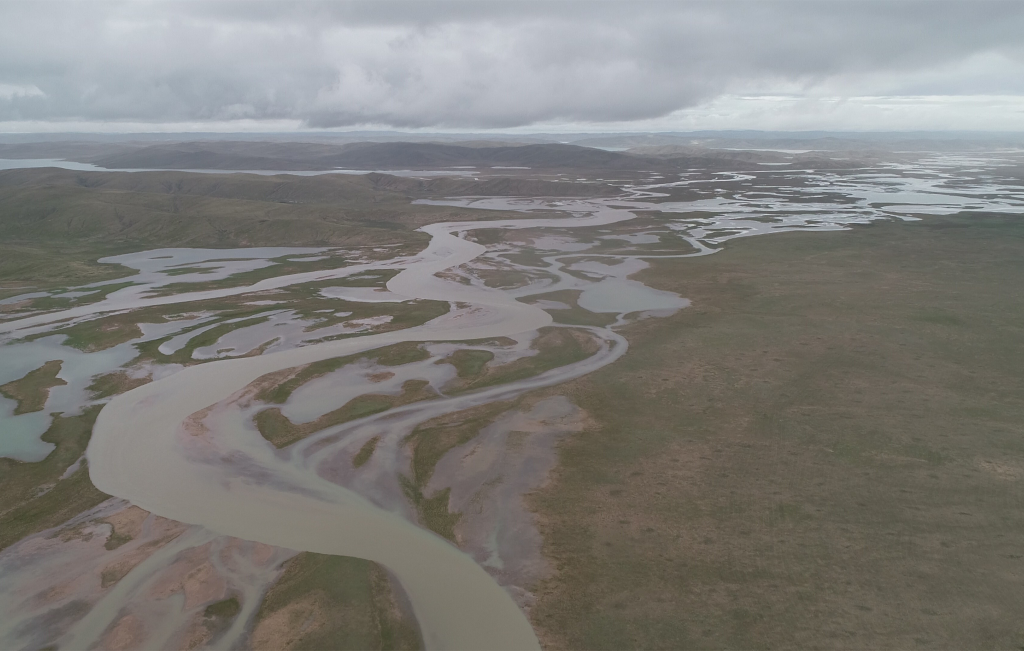How to go to the property market next? The Academy of Social Sciences predicts that house prices will fall steadily throughout the year.

BEIJING, Beijing, May 15 (Reporter Qiu Yu) In the past two months, the property market has shown signs of warming up. To this end, the Ministry of Housing and Urban-Rural Development interviewed some cities and once again stressed that the property market regulation target remains unchanged. What changes will be made in the future regulatory policies? How to go next in local housing prices? What is the trend of the property market in key cities such as Beijing, Shenzhen and Nanjing?
On May 14th, China Academy of Social Sciences released the Blue Book of Real Estate: China Real Estate Development Report No.15(2018), which analyzed the development trend of the real estate market.
How will the regulatory policies change?
According to the Blue Book, the regulation of the property market will focus on "stability", creating a stable market environment for the reform of the housing system and the construction of a long-term real estate regulation mechanism. The tightening regulation of the property market and the destocking policy will still go hand in hand. At the same time, some hot cities do not rule out further introduction of more stringent control policies.
In the past two months, the property market in some cities has shown signs of warming up. Faced with this change, the Ministry of Housing and Urban-Rural Development recently interviewed 12 cities to implement the regulation targets of stabilizing housing prices and rents, and then the local property market ushered in an intensive period of regulation.
These 12 cities are Xi ‘an, Haikou, Sanya, Changchun, Harbin, Kunming, Dalian, Guiyang, Xuzhou, Foshan, Chengdu and Taiyuan. After being interviewed, Harbin, Changchun, Chengdu, Xi ‘an, Guiyang and other cities have taken measures to rectify the market order by issuing new regulation policies or cracking down on illegal real estate agents.
Yan Yuejin, director of the think tank center of Shanghai Yiju Real Estate Research Institute, told reporters that in the future, if the housing prices in some cities show signs of rebounding, the regulatory policies will be overweight accordingly, and the attitude of the regulatory authorities to deleverage and curb speculation in real estate will be firm and will be reflected in action.

How to go to the house price next?
The Blue Book predicts that 2018 will be the low point of this round of real estate market, and it is expected that real estate prices will fall steadily throughout the year.
Why do you predict this? One of the main reasons is that the goal of real estate regulation and control is unshakable and the intensity is not relaxed.
According to the Blue Book, on the supply side, in order to alleviate the inventory crisis in first-tier and hot-spot second-tier cities, the land supply is expected to further increase. However, it is difficult to relax the price limit policy, and the supply of hot cities will continue to be tight; On the demand side, the policy tone of "housing and not speculating" will not change, and the tightening of bank credit will also significantly increase the cost of buying a house, so the transaction scale will also be limited to a certain extent.
Wang Yeqiang, an associate researcher at the Institute of Urban Development and Environment of the Chinese Academy of Social Sciences and executive editor of the Blue Book, said at the press conference that first-tier and hot-spot second-tier cities will take the lead in bottoming out because the real estate tightening control policy is not relaxed. The price index of first-tier cities continued to decline in the first half of the year, entering a negative range, and may slow down in the second half; The annual price index of second-tier cities may fall further.
He said that factors such as relatively loose policies and demand spillover will still support third-and fourth-tier cities to maintain a certain degree of heat, but with the gradual withdrawal of the destocking policy, it is expected that the third-and fourth-tier market adjustment will appear in the second half of this year.

What is the trend of the property market in key cities such as Beiguangshen?
Wang Yeqiang looked forward to the property market in key cities at the press conference. He thought:
For Beijing, the property market will still operate at a low level under the general tone of not speculating in housing. Influenced by the new urban planning of "one core" and "two wings" in Beijing, there may be hot spots around Beijing.
Guangzhou will focus on the development of the rental market, credit will continue to tighten, the real estate tax system will be adjusted or pushed forward, the demand in the central city will further overflow, the peripheral areas will accelerate development, and the commercial housing market will generally maintain a stable operation.
The location differentiation of Shenzhen property market will obviously increase, the investment enthusiasm of commercial apartments will continue, the whole sale method will be favored, the shantytown reform policy will be ready, and the shortage of public housing land will be alleviated.
Chongqing’s leasing policy is constantly improving, opening a new era of leasing. The peak of office supply continued, and the policy promoted the destocking of commercial real estate.
Nanjing land market will maintain the trend in 2017 and develop rationally and steadily. The demand for rental housing land has increased significantly, the market for commercial land has gradually decreased, the transaction land price may fall further, and the land transfer fee may fall sharply.

Will the housing loan interest rate rise?
Multi-site mortgage interest rates continued to rise. According to the Monetary Policy Implementation Report of China in the First Quarter of 2018 released by the central bank, the weighted average interest rate of mortgage interest rate in March was 5.42%, up by 0.16 percentage points over the previous December.
According to the data of Rong 360, in April, the average interest rate of first home loans of 533 banks in 35 cities nationwide was 5.56%, equivalent to 1.135 times of the benchmark interest rate, up 0.91% from March, and up 23.01% from April last year.
Will the mortgage interest rate be raised? Wang Yeqiang believes that the interest rate of individual housing loans still has room to rise.
"At present, the demand for credit in the enterprise sector is picking up, and the situation of tight credit scale will continue, which will also push the interest rate of personal housing loans to continue to rise." The blue book said.
Huang Zhilong, director of the Macroeconomic Center of Suning Financial Research Institute, also pointed out in an interview with the media that the absolute level of the current mortgage interest rate is still relatively low, and it is more likely to be further raised in the future. (End)







